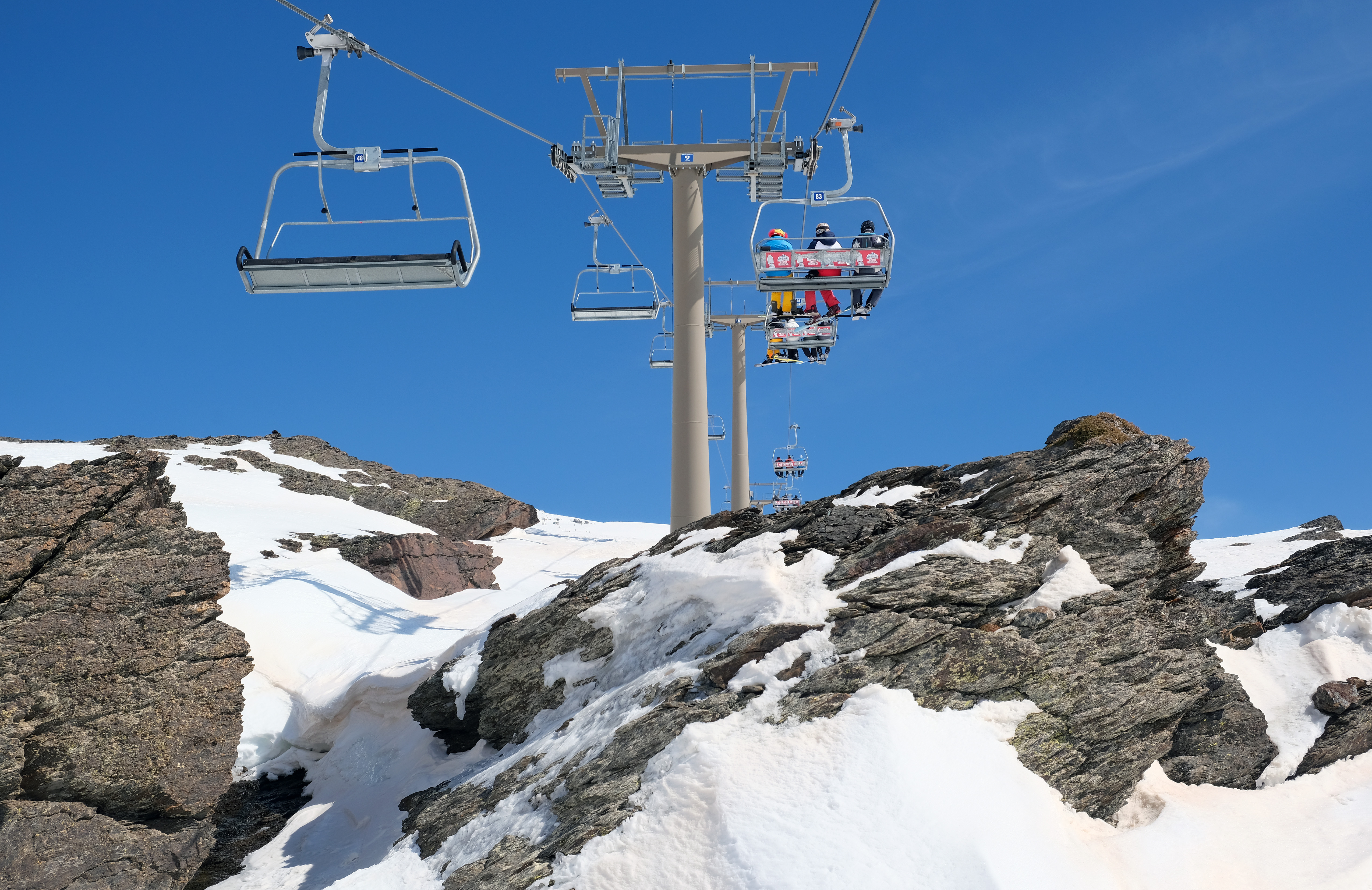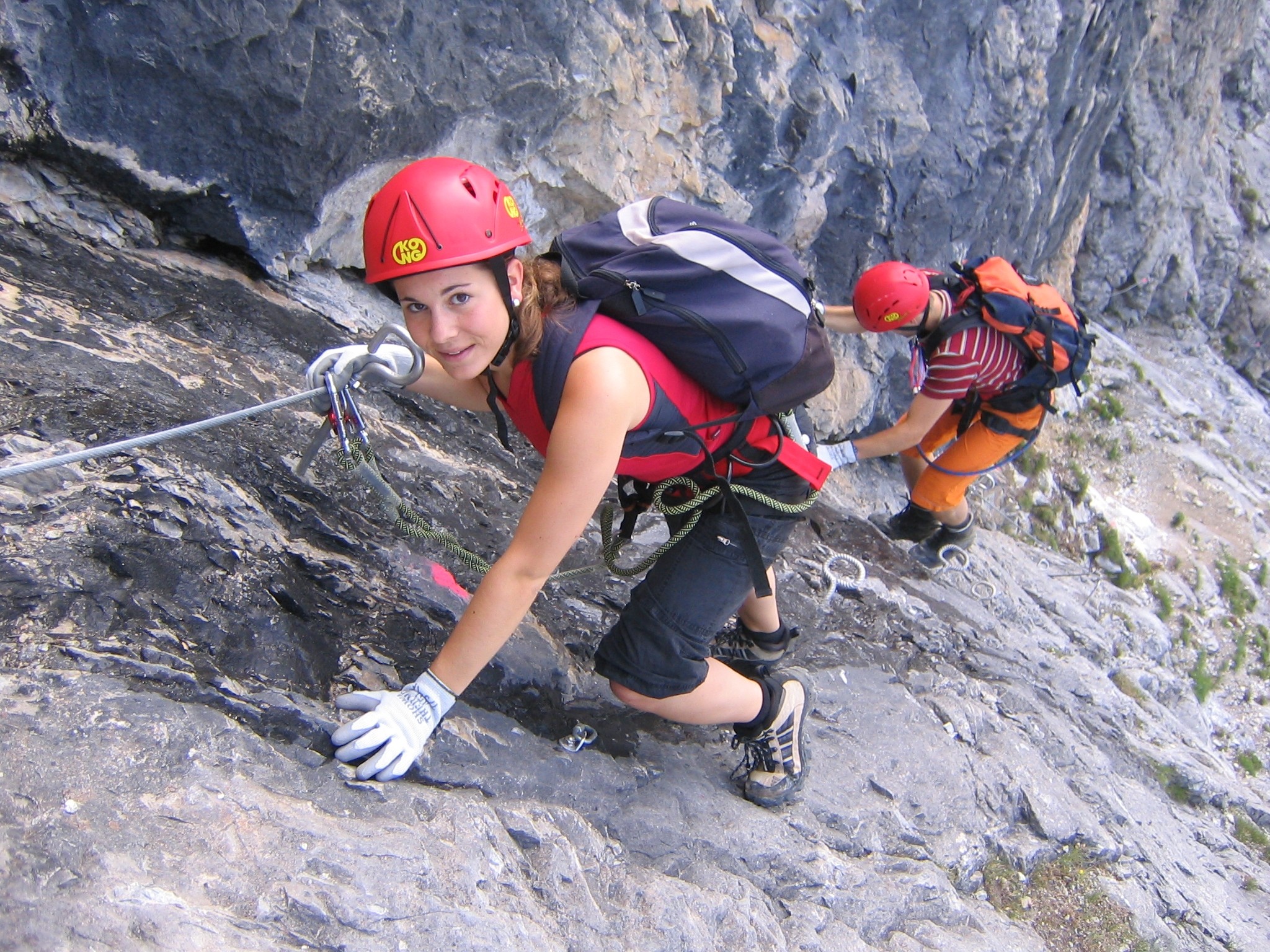|
Iseler
Iseler is a mountain of Bavaria, Germany, near Bad Hindelang and Oberjoch. There is a chair lift (''Iselerbahn'') from Oberjoch up to an elevation of . The summit is accessible via hiking paths and the ''Salewa-Klettersteig'', a via ferrata A via ferrata (Italian language, Italian for "iron path", plural ''vie ferrate'' or in English ''via ferratas'') is a protected climbing route found in the Alps and certain other Alpine locations. The protection includes steel fixtures such as ... which starts at the upper station of the lift. References Mountains of Bavaria Allgäu Alps Mountains of the Alps {{Bavaria-geo-stub ... [...More Info...] [...Related Items...] OR: [Wikipedia] [Google] [Baidu] |
Allgäu Alps
The Allgäu Alps () are a mountain range in the Northern Limestone Alps, located on the Austria–Germany border, which covers parts of the Germany, German states of Bavaria and Baden-Württemberg and the Austrian states of Tyrol (state), Tyrol and Vorarlberg. The range lies directly east of Lake Constance. Character The mountain range is characterised by an unusual variety of rock formations and consequently a rich tapestry of landscapes, in particular, the steep "grass mountains" (''Grasberge'') of the Allgäu Alps with gradients of up to 70°. Its flora is amongst the most varied in the whole Alpine region and its accessibility by lifts and paths is outstanding. The mountain paths (''Höhenwege'') running from hut to hut are well known and hikers can spend seven to ten days walking in the mountains without descending to inhabited valleys. Thanks to its location on the northern edge of the Alps, the region has relatively high precipitation and is the rainiest in Germany. In wi ... [...More Info...] [...Related Items...] OR: [Wikipedia] [Google] [Baidu] |
Bavaria
Bavaria, officially the Free State of Bavaria, is a States of Germany, state in the southeast of Germany. With an area of , it is the list of German states by area, largest German state by land area, comprising approximately 1/5 of the total land area of Germany, and with over 13.08 million inhabitants, it is the list of German states by population, second most populous German state, behind only North Rhine-Westphalia; however, due to its large land area, its population density is list of German states by population density, below the German average. Major cities include Munich (its capital and List of cities in Bavaria by population, largest city, which is also the list of cities in Germany by population, third largest city in Germany), Nuremberg, and Augsburg. The history of Bavaria includes its earliest settlement by Iron Age Celts, Celtic tribes, followed by the conquests of the Roman Empire in the 1st century BC, when the territory was incorporated into the provinces of Ra ... [...More Info...] [...Related Items...] OR: [Wikipedia] [Google] [Baidu] |
Germany
Germany, officially the Federal Republic of Germany, is a country in Central Europe. It lies between the Baltic Sea and the North Sea to the north and the Alps to the south. Its sixteen States of Germany, constituent states have a total population of over 84 million in an area of , making it the most populous member state of the European Union. It borders Denmark to the north, Poland and the Czech Republic to the east, Austria and Switzerland to the south, and France, Luxembourg, Belgium, and the Netherlands to the west. The Capital of Germany, nation's capital and List of cities in Germany by population, most populous city is Berlin and its main financial centre is Frankfurt; the largest urban area is the Ruhr. Settlement in the territory of modern Germany began in the Lower Paleolithic, with various tribes inhabiting it from the Neolithic onward, chiefly the Celts. Various Germanic peoples, Germanic tribes have inhabited the northern parts of modern Germany since classical ... [...More Info...] [...Related Items...] OR: [Wikipedia] [Google] [Baidu] |
Bad Hindelang
Bad Hindelang is a municipality in the district of Oberallgäu in Bavaria in Germany. As of 2008 it has a population of 4,915. Its sulphur spring was used for cures in the 19th century and today the municipality is a major health resort. Geography The main town of Bad Hindelang lies at an altitude of 825 metres above sea level. The municipality includes the following areas, Bad Hindelang, Vorderhindelang, Bad Oberdorf, Hinterstein, Oberjoch and Unterjoch. Landscape The town hall is a former hunting lodge, built in 1660 by Prince Bishop of Augsburg, Sigismund Franz, Archduke of Tyrol. It was used as a summer residence by the prince bishops of Augsburg until 1805. After the secularization of the palace went over to the state, it then fell into private ownership as a guest house and schoolhouse, until it finally became the town hall of the municipality. It still has an early baroque rococo fireplace. The church of St. Jodokus in Bad Oberdorf was built in 1937-38 by Thomas We ... [...More Info...] [...Related Items...] OR: [Wikipedia] [Google] [Baidu] |
Oberjoch
Oberjoch is a small village in the municipality of Bad Hindelang in the German district of Oberallgäu, Bavaria Bavaria, officially the Free State of Bavaria, is a States of Germany, state in the southeast of Germany. With an area of , it is the list of German states by area, largest German state by land area, comprising approximately 1/5 of the total l .... It has a total population of 15,230 people. The village is advertised as being the highest located ski resort in Germany, but several settlements are located higher ( Feldberg, Winklmoos-Alm, Gerstruben). It is popular for skiing in winter, and in summer, many hikers and mountaineers visit Oberjoch. References Villages in Bavaria Oberallgäu Ski areas and resorts in Germany {{bavaria-geo-stub ... [...More Info...] [...Related Items...] OR: [Wikipedia] [Google] [Baidu] |
Chair Lift
An elevated passenger ropeway, or chairlift, is a type of aerial lift, which consists of a continuously circulating steel wire rope loop strung between two end terminals and usually over intermediate towers. They are the primary on-hill transport at most ski areas (in such cases referred to as 'ski lifts'), but are also found at amusement parks and various tourist attractions. Depending on carrier size and loading efficiency, a passenger ropeway can move up to 4,000 people per hour, and the fastest lifts achieve operating speeds of up to or . The two-person double chair, which for many years was the workhorse of the ski industry, can move roughly 1,200 people per hour at rope speeds of up to . The four person detachable chairlift ("high-speed quad") can transport 2,400 people per hour with an average rope speed of . Some bi- and tri-cable elevated ropeways and reversible tramways achieve much greater operating speeds. Design and function A chairlift consists of numerous c ... [...More Info...] [...Related Items...] OR: [Wikipedia] [Google] [Baidu] |
Via Ferrata
A via ferrata (Italian language, Italian for "iron path", plural ''vie ferrate'' or in English ''via ferratas'') is a protected climbing route found in the Alps and certain other Alpine locations. The protection includes steel fixtures such as cables and railings to arrest the effect of any fall, which the climber can either hold onto or Glossary of climbing terms#clip in, clip into using climbing protection. Some via ferratas can also include steel fixtures that provide aid climbing, aid in overcoming the obstacles encountered, including steel ladders and steel steps. Description A via ferrata is a climbing route in the mountains that employs steel cables, rungs, or ladders, fixed to the rock to which the climbers affix #Via ferrata set, a harness with two leashes, which allows the climbers to secure themselves to the metal fixture and limit any fall. The cable and other fixtures, such as iron rungs (stemples), pegs, carved steps, and ladders and bridges, provide both footing ... [...More Info...] [...Related Items...] OR: [Wikipedia] [Google] [Baidu] |
Mountains Of Bavaria
A mountain is an elevated portion of the Earth's crust, generally with steep sides that show significant exposed bedrock. Although definitions vary, a mountain may differ from a plateau in having a limited summit area, and is usually higher than a hill, typically rising at least above the surrounding land. A few mountains are isolated summits, but most occur in mountain ranges. Mountains are formed through tectonic forces, erosion, or volcanism, which act on time scales of up to tens of millions of years. Once mountain building ceases, mountains are slowly leveled through the action of weathering, through slumping and other forms of mass wasting, as well as through erosion by rivers and glaciers. High elevations on mountains produce colder climates than at sea level at similar latitude. These colder climates strongly affect the ecosystems of mountains: different elevations have different plants and animals. Because of the less hospitable terrain and climate, mountains ... [...More Info...] [...Related Items...] OR: [Wikipedia] [Google] [Baidu] |



